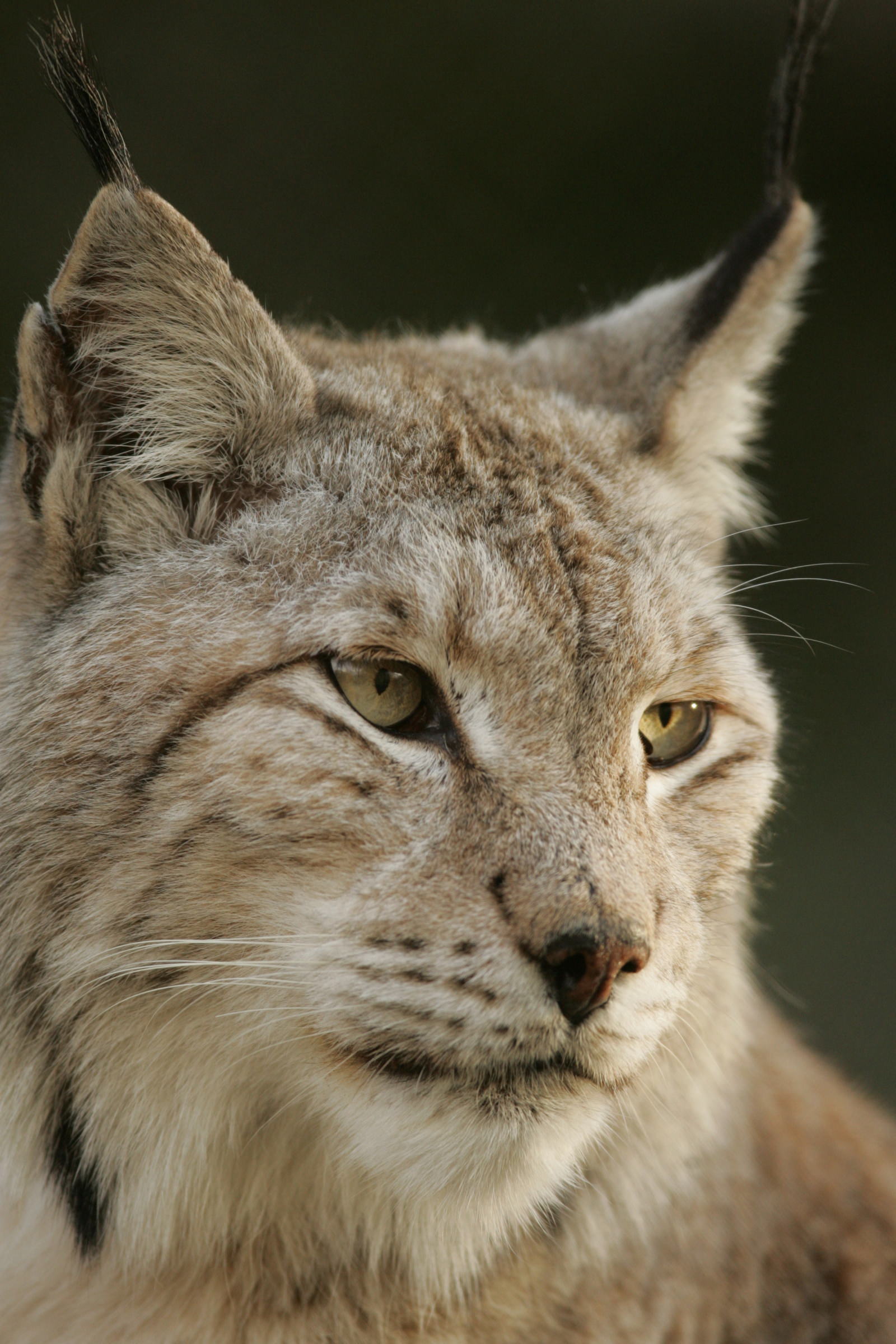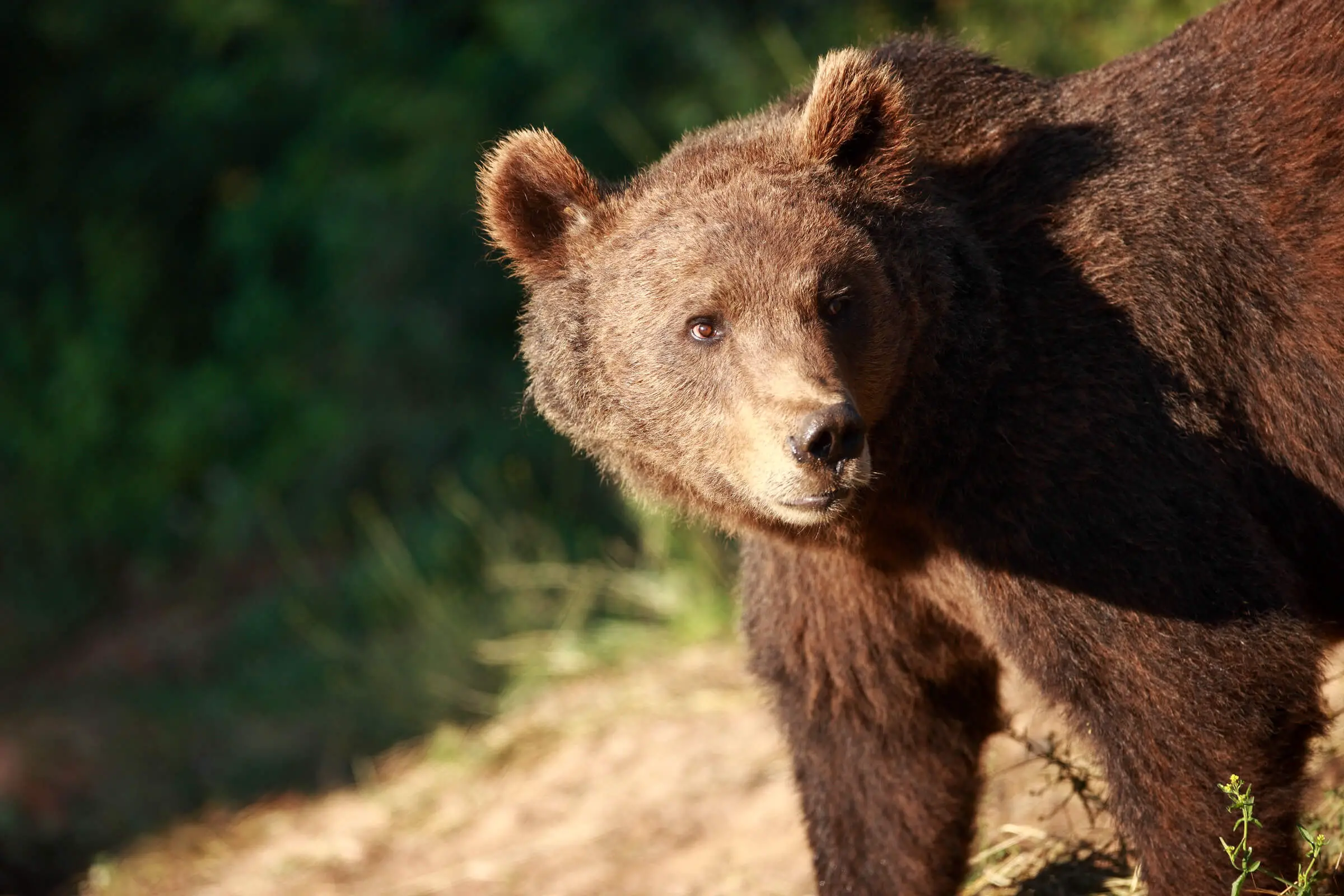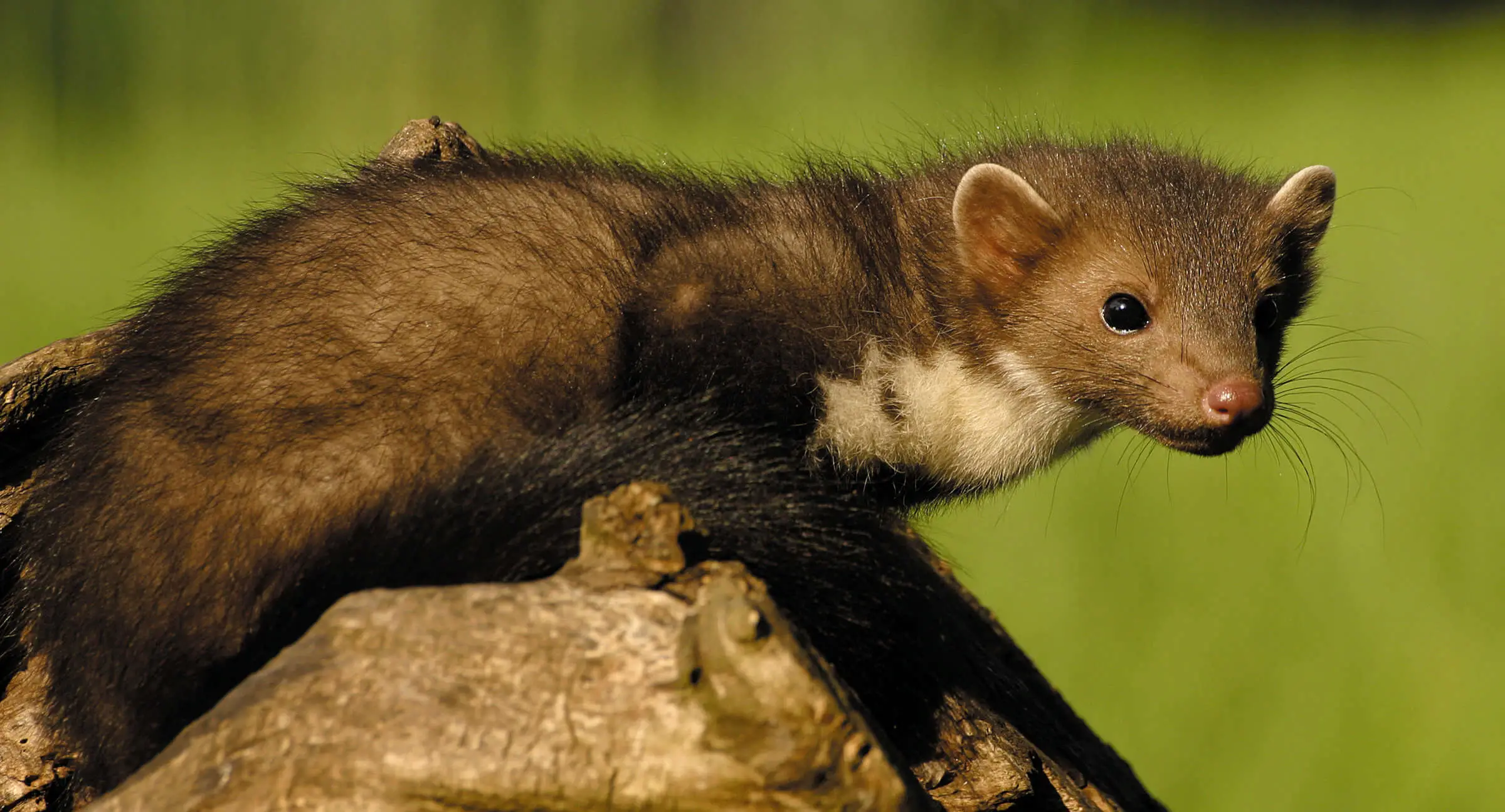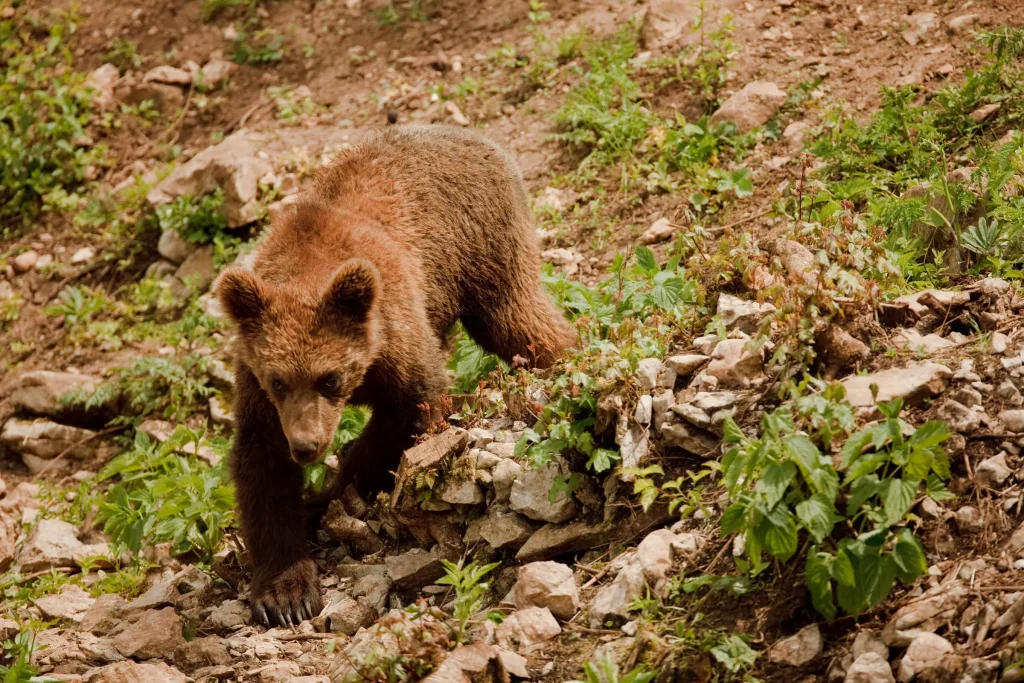Usually, the countries that boast the most biodiversity are those with more tropical climates and ecosystems, and while they have the right to do so, don’t think that other countries like Croatia can’t surprise you with their diverse wildlife. According to the AZ animals website, ”it is estimated that Croatia contains some 50,000 to 100,000 species of both plants and animals, some of them completely unique to the country. Wolves, bears, foxes, wild boars, weasels, and wild cats inhabit the inland forests and plains, while reptiles and marine life can be found near the coast”.
If I can tell you one thing in my almost three years living in Croatia, it is that this wildlife is hard to spot. When it comes to Croatian mammals, you will have more chances to see domesticated animals like sheep, goats, horses, or cows on the farms and in the fields. Believe me, if I have ever seen a wild animal in Croatia, it is most likely that I have seen it on a Croatian national or natural park social media account, or in a viral video circulating on Facebook.
While it is best to leave things as they are and let these wonderful creatures roam their habitats undisturbed by humans, you will surely find it interesting which wild Croatian mammals inhabit the country.
Balkan lynx
Did you know that the Risnjak National Park could have been named after this animal? The name of the lynx in the Croatian language is ”ris”, and this national park is one of the many habitats of the lynx in Croatia. The Balkan lynx (Lynx lynx balcanicus) is called like so because it inhabits a large part of the region, with a greater population in countries such as North Macedonia, Albania, Kosovo, and Montenegro. In Croatia, it can also be found in the Velebit or Paklenica National Parks.

Photo: Mario Romulić
The Balkan lynx is a medium-sized feline with large, pointed, and highly distinctive ears that generally feeds on rabbits, birds, and rodents. One of the reasons why their sighting is difficult is due to their solitary behavior since they do not usually walk in groups. Another reason, unfortunately, is the decline of their population in the country due to hunting, road accidents, and lack of food, which puts them at risk. It is currently estimated that there are no more than 50 lynx in the country.
Brown bear
Croatia is home to approximately 900 brown bears, the largest European carnivore. Although they can be found in most mountainous and forested areas, as well as in bear sanctuaries such as Kuterevo, brown bears (Ursus arctos) find better refuge in the wide and thick forests in the Gorski Kotar region or Plitvice Lakes. Brown bears are large predators, which can grow up to 2.40 meters tall and weigh up to 390 kilos, and feed mainly on fish, fruit, and insects. Although they appear slimmer in the spring, brown bears in Croatia can eat up to 40kg of food to prepare for winter.

Photo: Mario Romulić
Brown bears are also hard to find out in the open, the males are solitary and the females make sure to keep their cubs safe. It is best to avoid any kind of close encounter with any brown bears in Croatia as it can be very dangerous. Therefore, visiting the bear sanctuary in Kuterevo, located just outside Otočac in Lika-Senj county, is a great opportunity to safely see brown bears and learn more about their conservation.
Wild horses
Everyone has seen at least one horse in their life. When we talk about domestic animals, the horse (Equus caballus) is one of the most recognizable even by little ones. In Croatia, a country with many rural traditions in all its regions, horses continue to be of great support on farms and fields. But did you know that in Croatia there is a remarkable number of wild horses roaming the fields and mountains? Well yes, and in Croatia, wild horse populations have been protected a lot and constantly.
Although there is not much difference between the appearance of a wild horse and a domestic one, the behavior between the two is quite contrastable. Wild horses are not aggressive animals, but contact with them definitely requires extra caution. For example, in the wild, males tend to herd several females and protect them from other males, which is why they can be quite protective. Wild horses can be seen more frequently than lynxes or brown bears, for example when hiking in a National Park such as Risnjak, Velebit or Paklenica, in Nature Parks such as Biokovo, or roaming in large fields. In Croatia, there are organized tours to appreciate wild horses from a distance.
Pine marten
While we are familiar with this animal by its common name, the pine marten (Martes martes), it may make more sense to you to know that this is the famous animal known as the kuna in Croatia. The pine marten is not only the name given to the Croatian currency, but it is also an important symbol in the country, and officially the national animal. If you’ve never seen or heard of one, the pine marten is a small omnivorous mammal that closely resembles a weasel. Pine martens are solitary and generally feed on birds, insects, bird eggs, and fruit.

Photo: Mario Romulić
Pine martens are very slippery and agile and have the ability to jump from tree to tree similar to squirrels. However, despite this and their solitary personality, they are animals that can also fall into the hands of a predator, such as foxes, owls, or even birds of prey. Unfortunately, they can fall victim to animal traps set by humans. However, they are not endangered animals. What yes, is that they are very difficult to find in the wild.
Wild boar
Wild boars (Sus scrofa) are very common in Europe, and they are definitely not strange to Croatia. They are a species of wild pigs and live mostly in forests where they feel safer. However, if necessary, wild boars easily adapt to other territories due to their diverse diet, feeding on basically anything that will fit in their mouths. And that is verifiable in Croatia, where wild boars have been seen in the most wooded areas, but also swimming near Makarska, which proves them to be agile runners and also daring swimmers.
Wild boars feed mainly on berries, roots, and worms. Contrary to popular belief, wild boars are not aggressive but may react if they see themselves or their piglets under threat. Among the species mentioned in this article, wild boars are surely the easiest to find, but discretion is recommended, and respect for their habitat. Although they are not considered endangered animals, wild boars are animals that are often popular hunting objects in Croatia.
For more, check out our lifestyle section.








